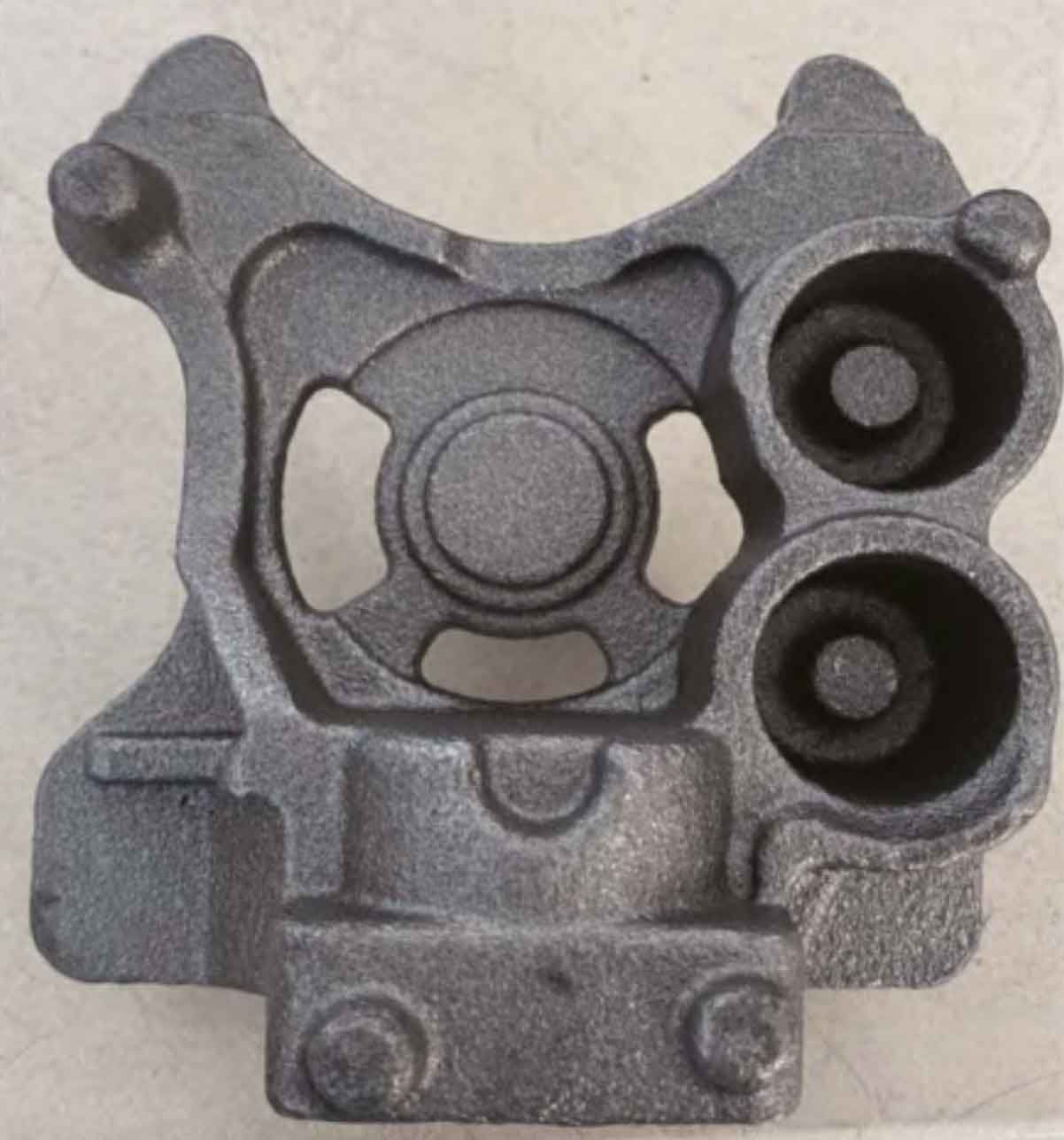Porosity, characterized by voids or pores within a material, is a commonly encountered challenge in the sand casting process. It can significantly affect the mechanical properties, aesthetics, and overall quality of a cast part. This article explores the science behind porosity in sand casting, delving into its causes, effects, and potential solutions.

1.The Formation of Porosity:
Porosity in sand casting primarily arises from two phenomena – gas entrapment and shrinkage.
- Gas Entrapment: During the pouring of molten metal into the sand mold, gases can be entrapped within the liquid metal. This could be due to turbulence during the pour, gases released from the sand mold, or gases present in the molten metal itself. As the metal solidifies, these gases are trapped, forming pores within the casting.
- Shrinkage: Metal, like most materials, contracts as it cools. As the molten metal solidifies within the mold, it shrinks. If this shrinkage is not compensated for, voids can form in the casting, leading to porosity.
2.The Impact of Porosity:
The presence of porosity in a casting can significantly impact its performance and appearance.
- Mechanical Properties: Porosity can compromise the mechanical properties of the casting, including tensile strength, impact resistance, and fatigue life. Voids within the material act as stress concentration points, making the casting more susceptible to failure under load.
- Aesthetics: Porosity can also affect the visual appeal of the casting. Surface pores can create a rough, pitted appearance, which may require additional finishing processes to rectify.
3.Mitigating Porosity:
Several strategies can be employed to reduce the occurrence of porosity in sand casting.
- Mold Design: An effective mold design can facilitate a smooth flow of molten metal, reducing turbulence and minimizing the risk of gas entrapment.
- Riser Design: Risers can supply additional molten metal to the mold to compensate for shrinkage during solidification, reducing the risk of shrinkage-related porosity.
- Controlled Pouring: The rate and temperature at which the molten metal is poured can influence the amount of gas entrapped within it. A controlled pour can help minimize this risk.
- Gas Control: Techniques to reduce the amount of gas in the molten metal and the molding sand can further mitigate porosity.
While porosity is a common issue in sand casting, understanding the science behind its formation can guide effective strategies to mitigate its effects. Through careful mold and riser design, controlled pouring techniques, and gas control measures, manufacturers can reduce porosity, enhancing the quality and performance of their sand castings.
